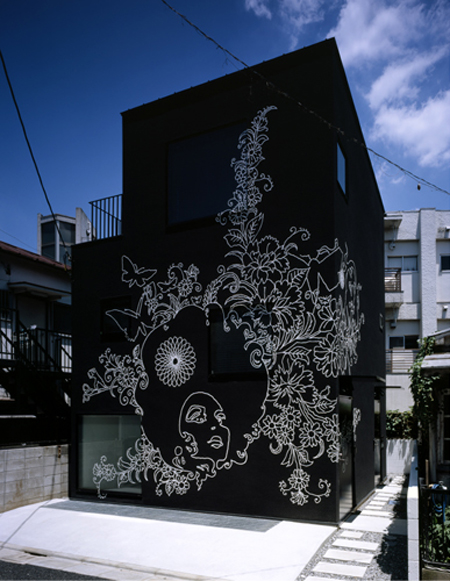The Truth About Interior Designby: Robert Thatcher
Have you ever wondered how you can make your home look like the place of the affluent people? Or would you just like to create an impression of classic beauty with an air of sophistication?
All of these things can be made through the use of interior designs.
Basically, interior design refers to the art of manipulating and forming the inner space of a house, an office, or a room, through the management of surface healing and “spatial volume.”
Interior designs are generally used to bring in the features of architecture, furniture designs, environmental psychology, and product design. All of these are combined to create an artistic projection of the area in project.
The Style
The interior designer should know and take into consideration the different parts of “design styles.” These are the proportion, function of design, concept, and balance. All of these parts are important in creating the total “look and feel” of the room.
For instance, in creating the “look and feel” of the room, the interior design could enhance the “graphical user interface” of the design buy using the right combination of colors, layout, shapes, etc. Included in the aspect of styles are the seven elements of design that an interior designer must always take into account. These are the shape, form, line, texture, color, pattern, and mass. All of these things, when incorporated in a project will bring out the best results.
However, good interior designers must also take into account the aspects of beauty in terms of its function and aesthetics. A good balance between the two will instigate proper coordination of all the elements of design.
The reason behind this argument is based on the fact that the concept of beauty is always comparative and qualified. As the old adage goes, “Beauty is in the eyes of the beholder.”
Hence, there are instances that one design might be beautiful for one person but may look unsightly with others. That is why when the function of interior design serves its purpose as far as enhancing the total outlook of the space is considered as universal, the comparativeness of its beauty will vary from one person to another.
For this reason, the design used by the interior designer may be relative to his or her own aspect of beauty but may be taken differently by his or her viewers. Nevertheless, it is still the interior designer who will know the appropriate use of the different elements of design associated with the utilization of the various kinds of materials that he or she will use.
Consequently, the interior designer must still consider the insights and taste of the user or the customer. After all, the interior designer is being paid to enhance the space according to the taste of the one who will use that space.
At this point, it is now based on the “sales talks” or the persuasive power of the designer to convince his or her client the best style, patterned to his or her style. In this way, the designer will not be in trouble of deviating from the interests of the client. Otherwise, the designer may no longer find future works from this particular client.
Indeed, interior designing is not just a matter of good taste and spatial enhancement. It is also a conglomeration of the application of the different elements of design along with the personal interest of the client.
It is a work of art with the value of ethical standards constituted in one art form.
About The Author
Robert Thatcher is a freelance publisher based in Cupertino, California. He publishes articles and reports in various ezines and provides interior design resources on
http://www.just-interior-design.info.







/Swansofa.gif)



